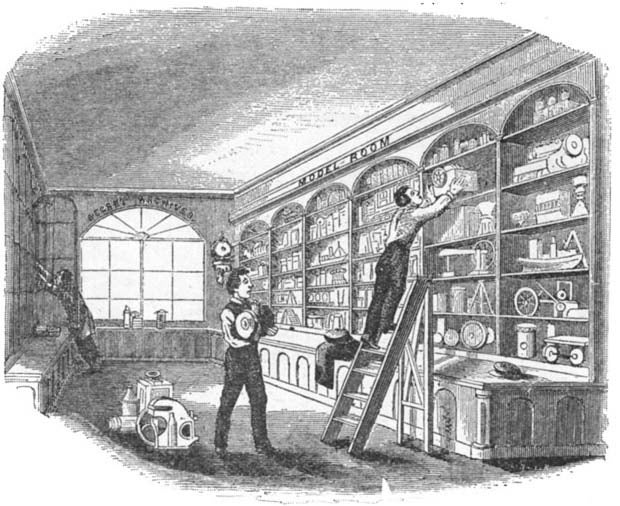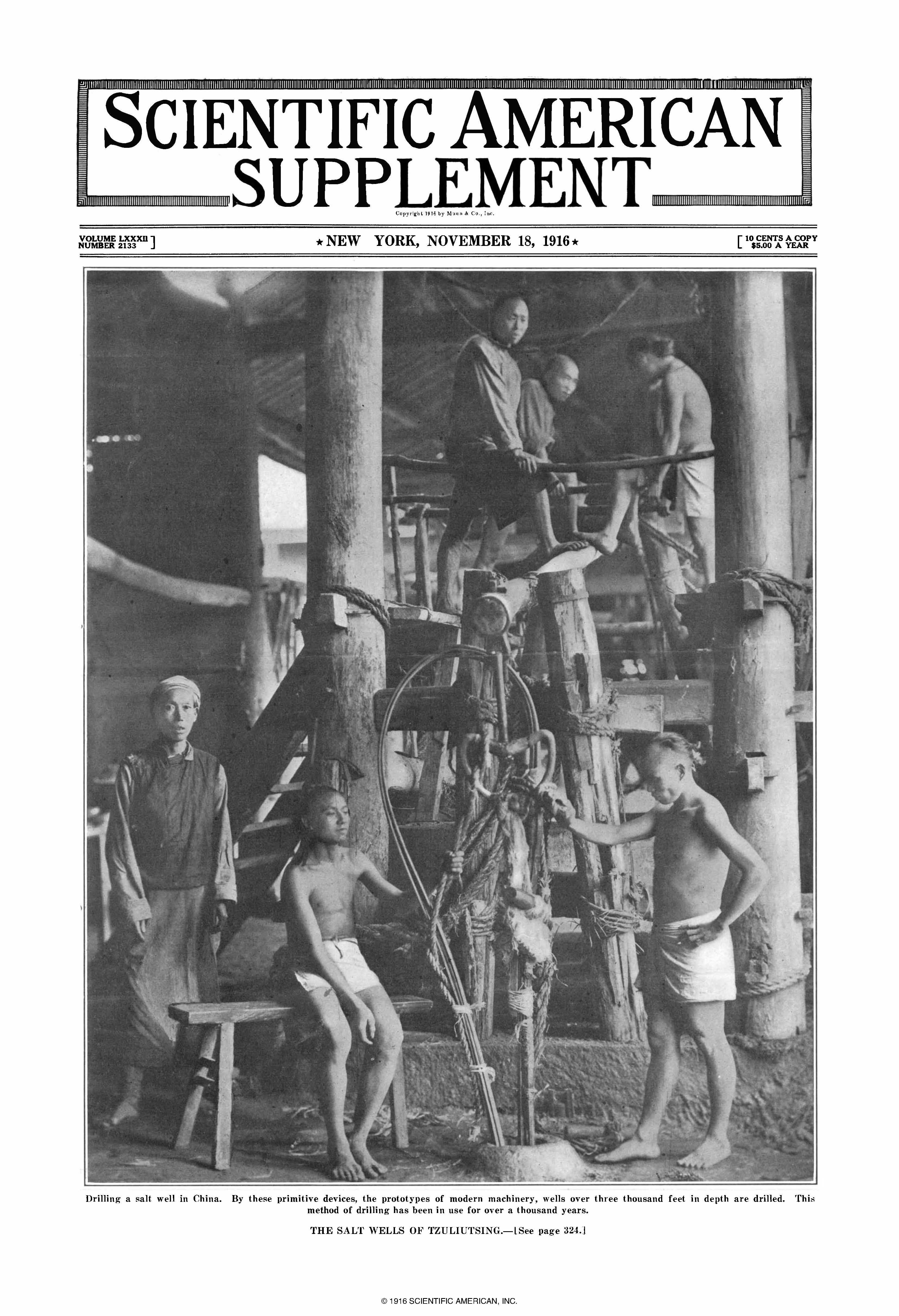| We’re celebrating Scientific American’s 175th anniversary this month (happy birthday to us!). Any anniversary, though, is as much about the time it is celebrated as it is about the event it commemorates, so we’ll have a look at past anniversaries and see what we find. In a forward-looking vein, one of the most promising technologies humanity is working on is artificial intelligence—as long as the nagging “What if?” questions remain the subject of sci-fi films. Finally, even if “too much salt” is a common refrain today, our bodies need the stuff, and people have been trying to get a hold of it for a long, long time.
And for our 175th anniversary year, more gems from Scientific American’s history can be found at Artifacts from the Archive.
|












Comments
Post a Comment